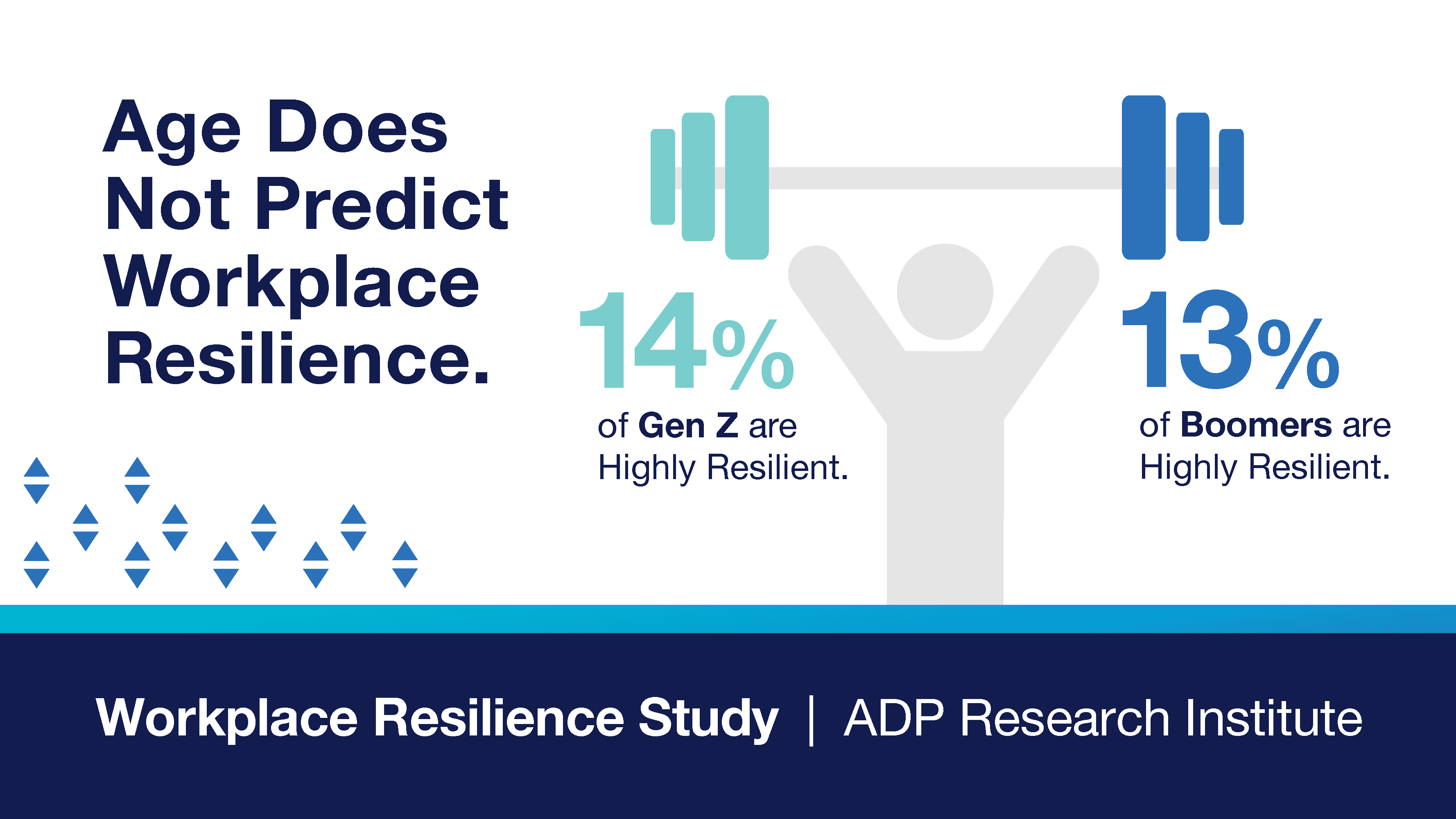QuantHub Learning 101 is a series that explores the learning science behind what makes our product effective. This post discusses our unique approach to content curation and how we future-proof learning.
“Future-Proof” has become quite the buzzword.
Being future-proof means the ability to not need replacing or updating as technology advances. Technological Progress is inevitable and desirable because of what it allows humanity to accomplish; however, its pressure on the human in the loop to keep up with the progress has become a growing crisis. It’s created a classic paradoxical relationship.
Another way to think about the concept of “future proof” is through the lens of “future ready.” What we’ve seen in the digital revolution is that only a small handful of experts are ready for work that is now completely connected and intertwined with new technology. We know humans need to adapt to this new landscape, but how?
We asked ourselves two key questions when developing our upskilling platform:
“How can you future proof your workforce when the subject matter to be learned is changing at such a rapid rate? How do you ensure that what is learned is not immediately in need of replacing or updating?”
The answers led us to a multi-faceted solution. We recognized our upskilling platform required a layered approach to future proof what people are learning to better equip them for the digital transformation.
Let’s walk through these 3 layers:
Concentration on Transferrable Skills
The first layer we’ve taken to future proof learning is a concentration on skills that are either transferrable or unchanging. Some Jeff Bezos wisdom that has informed our learning model is, “focus on the things that don’t change.” Broadening our scope of content to encompass skills not specific to tools is necessary for future proofing learning. Tools come and go and change, but there are skills that transcend and transfer to diverse applications.
Our friends at Juice Analytics recently wrote a blog about 14 Best Data storytelling Tools 2021. Making our training tool-specific would mean either needing to exclude some tools or constantly replace and update content with our learners anticipating their gained skills would be outdated sooner than later. Our solution is to address concepts like best practices, design principles, narrative structure, etc. Profound skills that make an impact no matter which tool you use.
Sometimes, there is a dramatic shift in necessary skills that coincides with a leap of technological advancement. These leaps are occurring at a more rapid rate necessitating an expansion of foundational skills, especially as you increase the skill level and complexity of the concepts. Those in advanced data roles may be more cognizant of evolving skills necessary for their roles as new technology is developed. With QuantHub, learners are led down a learning journey that replaces and updates content as needed without a perceivable change to the learning experience. Cloud computing is seen as future proof because changes and updates can be made without directly impacting the end user. We have taken this approach as well by enabling adjustments to learning material without having to dramatically change how the learner continues their learning journey.
Comprehensive Resource Curation

A big piece of future proofing learning is content management. Educational content is not easy to develop and often lags far behind technology. Our response to keeping up is what we call, “Comprehensive Resource Curation,” which means our learning content is not restricted by a single provider, but rather is curated based on best-in-class resources matched with what an individual needs to learn.
We recently conducted a survey on LinkedIn. The question was “What do you do most often when you need to learn something new for your role?” The answer that won out was “Google/YouTube it.” The real shocker isn’t what won, it’s what came in last–“use internal learning resources”—with a whopping 7% vote. For us L&D folks, that stings a bit considering all the work and dollars that go into internal learning resources. There’s no question that internal learning resources are often incredibly robust and accessible, but this survey demonstrates what we already know to be a painful truth: these resources are not utilized. The fidelity, quality, and availability of internal resources aren’t what’s in question. It truly is a matter of its competition.
How can internal learning resources compete with Google?
They can’t. Search-ability, relevance, and diverse mediums make Google an unbeatable competitor for the workforce’s attention. So, what do you do when you can’t beat them? Join them! Or, at least take aspects that make Googling resources so efficient and optimize them for future-proof learning using principles from Microlearning and Spaced Repetition.
There’s nothing more frustrating than not getting the answer to your question quickly. This is why we’ve curated resources around target concepts including a variety of paid and free resources. We sometimes refer to this as resource agnosticism. Which means we don’t give preference to certain content providers; good content is good content. Articles, videos, images, etc. are all worth utilizing for learning objectives.
This approach allows us to vet resources based on quality and concept coverage. It also allows employers to provide another avenue for employees to access and utilize paid internal resources. Using a variety of learning content sources avoids some other obstacles to traditional online learning systems:
1) Relevant concepts aren’t buried in lengthy learning mediums. Long form online training whether it be text, video, or audio can present a series of irrelevant concepts learners need to wade through to learn the information they came for. Check out how we use Microlearning to help learners navigate straight to the meat of the material, and even better, retain it!
2) Traditional Learning Management Systems (LMS) involve complicated content curation by individuals in each organization. QuantHub strives to simplify by shouldering the curation process and presenting resources along with scenarios and exercises that allow learners to understand the “so what?” of concepts.
3) Curated content that’s aligned with learning objectives creates meaningful skill growth. The problem with both Googling and using some internal resources is the grab bag effect that culminates to little visibility in learning accomplishments. QuantHub tracks what you’ve learned and when you need to review it so that you, the learner, and your employer can see and recognize what you’ve worked so hard for.
Learning is no longer “One and Done”
Our culture has a simple formula for education: learning = a lesson + perceivable outcomes. We go to school, we graduate, and we check boxes for continuing education. Future proofing learning means dismantling this notion of learning as an event that has a start and stop point.
A core soft skill every employee needs is the ability to learn continuously. To make that a reality, learning can’t be an arduous, punctuated occurrence; it must become a seamless part of our workday.
In Conclusion, Workforce Resilience is the Goal

At the heart of any endeavor to future proof learning is a growing mindset bent toward cultivating a resilient workforce. Training geared towards arming the workforce to rebound in the face of any adversity is top of mind as we barrel through economic uncertainty and seismic workplace shifts brought on by the pandemic. Digital transformation had already dialed the call for this mindset shift and the pandemic just pushed it into high gear.
As organizations prepare employees for the future of work, it’s less about chasing trends and more about building foundational skills and mindsets that will endure through different changes and evolutions of the digital workplace. A resilient workforce is agile, equipped, and always learning. QuantHub can help!